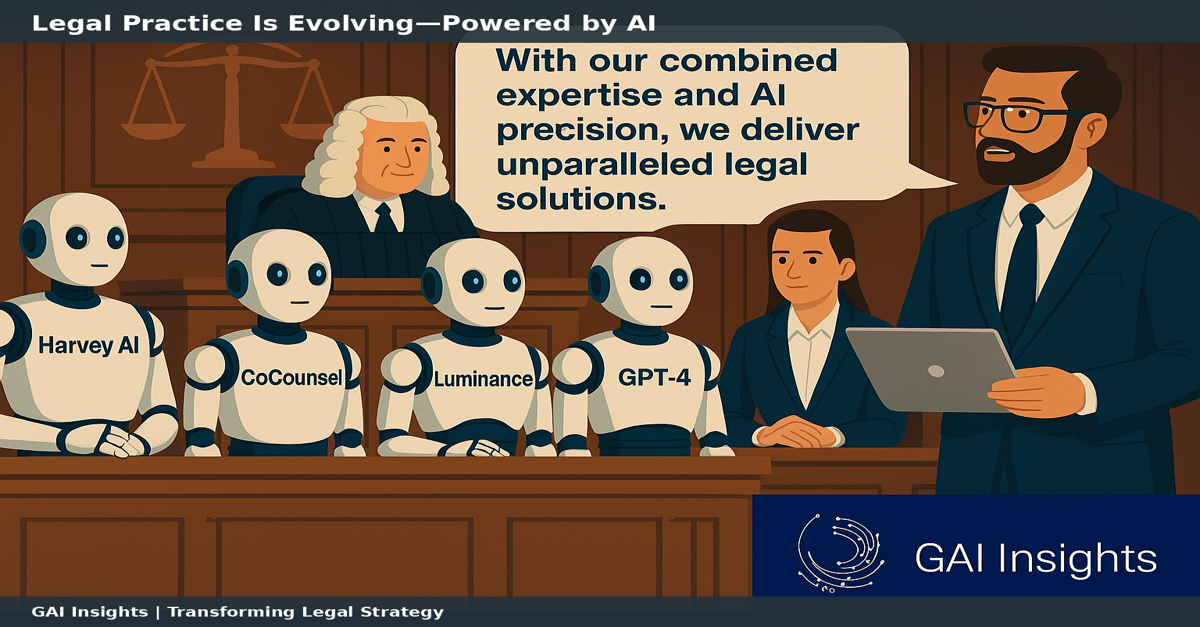When we talk about Generative AI (GenAI), innovation often takes center stage. In 2024, we were overwhelmed with the barrage of new products and innovations from just about every relevant tech company. And by the end of the year, our world witnessed the launch of over 70,000 new GenAI companies, 25 percent of which are located in the United States.
While innovation was the theme of 2024, we believe 2025 will be all about responsible deployment. The risks tied to security, scalability, and compliance can derail even the most promising AI initiatives if not handled with care. For business leaders aiming to integrate GenAI effectively, a structured, responsible approach is essential.
So, how does one accomplish not just launching AI, but doing so with care and consideration to the organization’s bottom line? Here, we outline four steps to deploying GenAI responsibly.
1. Assess Risks Early
Before embarking on your GenAI journey, it is crucial to conduct a comprehensive risk assessment that examines potential vulnerabilities. Legal risks, such as data privacy violations and intellectual property issues, must be identified and addressed. Equally important are system vulnerabilities, which can arise from outdated IT infrastructure or weak security protocols.
Three core risks that an IT department should consider within their GenAI frameworks include:
Integrity Risks
Integrity risks in modern AI systems, including machine learning (ML) and generative AI, stem from vulnerabilities that allow adversaries to manipulate system outputs in unintended ways. Data poisoning, evasion attacks, and AI hallucinations can all lead to inaccurate or exaggerated outputs that, when not evaluated properly, can lead to improper decision making. For example, a customer service department may share incorrect policy information to a client by using a GenAI tool that provides inaccurate information.
Confidentiality Risks
Confidentiality risks in modern AI systems revolve around unintended revelations of sensitive training data or model architecture details. Key risks include jailbreak attacks - where sensitive information becomes available to the public - LLM memorization - where training data is memorized to the point of becoming a privacy risk - and other general privacy breaches. An organization that uses GenAI improperly may find their data available to the public, leading to increased phishing attempts or a leak of confidential information.
Governance and Accuracy Risks
Governance and accountability in AI deployment are critical to mitigating harmful incidents, which are well-documented in various AI incident repositories. Effective governance involves clear oversight, regulation, and stakeholder accountability across diverse roles such as developers, operators, and institutional leadership. When using GenAI improperly, an organization may be at risk of bias and overfitting that reduces fairness and representation of various communities. This can especially be problematic within an organization’s DEIB initiatives, leading to a hiring bias within an HR organization or general content strategies that fail to properly serve a wide audience.
When one considers these risks and ways to mitigate them within their frameworks, the organization can establish the foundation for a responsible rollout, mitigating potential pitfalls and aligning efforts with ethical and operational standards.
2. Build Stakeholder Confidence
After assessing the risks associated with GenAI, the next step is to gain stakeholder trust. Transparent communication about risk mitigation strategies and the projected value of AI initiatives fosters confidence among executives, employees, and partners.
To kickstart GenAI adoption, begin by engaging your Board of Directors in a dedicated discussion about the opportunities and risks associated with this transformative technology. Using frameworks like WINS framework, evaluate the urgency of GenAI for your industry and organization. Ensure key executives, including the CEO and VPs, gain hands-on experience by spending a set amount of time using tools like ChatGPT to understand its potential and spark strategic thinking. Assigning a GenAI coordinator to oversee integration efforts is also a key strategy to align initiatives with broader business goals and ensure effective cross-departmental collaboration.
Stakeholder confidence can be further reinforced by showcasing actionable steps the organization is taking to maintain compliance, safeguard sensitive data, and align AI initiatives with business objectives. Building this trust early creates a strong foundation for long-term adoption and innovation.
3. Start with Pilots
The best way to launch GenAI initiatives within an organization begins just like any key product launch or service initiative - a pilot program. Introducing AI through pilot projects allows organizations to test capabilities in a controlled and secure environment. These pilots enable teams to experiment with public or non-sensitive data, minimizing risks to core systems and sensitive information. By starting small, organizations can identify challenges, refine processes, and evaluate the real-world impact of AI before scaling up.
Zero-risk pilots also provide valuable insights into how GenAI can integrate seamlessly into existing workflows, ensuring that future deployments are both efficient and effective. This iterative approach not only reduces potential disruptions but also equips teams with the knowledge needed for successful, large-scale adoption.
4. Monitor and Adapt
The responsibility of deploying GenAI does not end with implementation. Continuous monitoring and adaptation are essential to ensure ongoing success. Organizations must establish robust feedback loops to evaluate the performance of AI systems and address any deviations from intended outcomes. Regular assessments of compliance with legal, ethical, and organizational standards are necessary to maintain trust and alignment with business goals.
In addition to a regular compliance assessment, organizations should also regularly train their employees on best practices in GenAI use. Investing in workforce training is essential to empower employees to work alongside AI tools, ensuring they have the skills to leverage AI effectively. These trainings can be broken down into various departments to increase workforce productivity: for example, one can train marketing departments to use AI properly for content development and marketing operations, while also training product teams to use GenAI to build out development plans and summarize feedback effectively for beta users.
Monitoring, adapting, and enhancing GenAI strategies increases scalability and improves overall effectiveness. By staying vigilant and adaptable, companies can maximize the long-term value of their GenAI initiatives while mitigating risks.
Be Fully Prepared
Deploying GenAI responsibly does not have to be overwhelming. The GAI Insights Buyer’s Guide provides a comprehensive roadmap to help you navigate these complexities with confidence. From risk assessment to scaling, this guide equips you with the strategies and tools needed to implement GenAI securely and effectively.
Download the Buyer’s Guide now for just $499 and lead your organization into the future of responsible AI.

.png)



